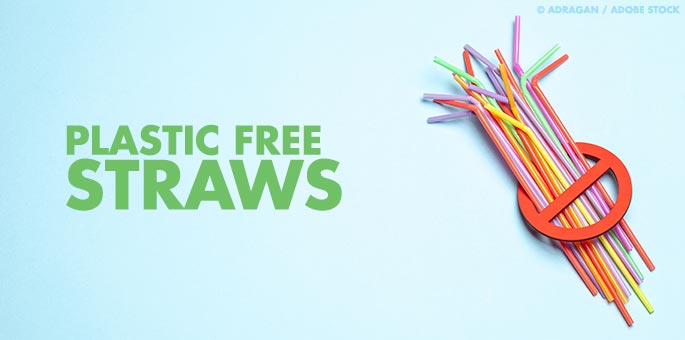
With single-use plastic bans becoming more common both in the United States and around the world, plastic straws have been put firmly in the crosshairs. Companies have been looking for substitutes; people need straws due to disability, or prefer to use them over bringing their own. From bamboo and reeds to metal and old-fashioned paper, there have been a lot of different suggestions put on the market.
But one that’s getting a lot of attention, according to Intelligent Living, is seaweed.
Are Seaweed Straws Our Ocean Waste Solution?
A bioplastics startup by the name of Loliware has created a straw that looks like plastic, feels like plastic, and functions like plastic, but that’s from seaweed. At their current capacity, the pilot plant is producing roughly 2 million straws per day. That might sound like a lot, but given that the United States alone uses 500 million straws on any given day, it’s far from enough to solve our plastic straw needs overnight.
However, in addition to coming from a natural, sustainable source, the straws are edible, and they dissolve relatively quickly if they do end up in the ocean.
Disposal is practically a non-issue, and it could be a serious step forward in both fighting ocean waste and in providing single-use eco-friendly straws for those who need them.
The response to the company’s product has been enthusiastic, and they’re planning on expanding their manufacturing facilities in Europe.
Estimates say they could produce 30 billion straws by the end of 2020; swapping traditional plastic straws for these biodegradable, eco-friendly straws can make a difference. If all those straws eventually took over, it could help to make plastic a thing of the past. While this wouldn’t immediately solve ocean pollution, or mean we’d fixed our plastic problem entirely; it would certainly be a noticeable step in the right direction.











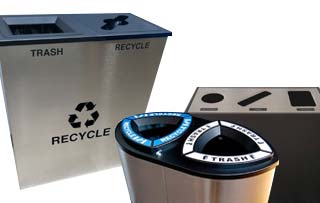









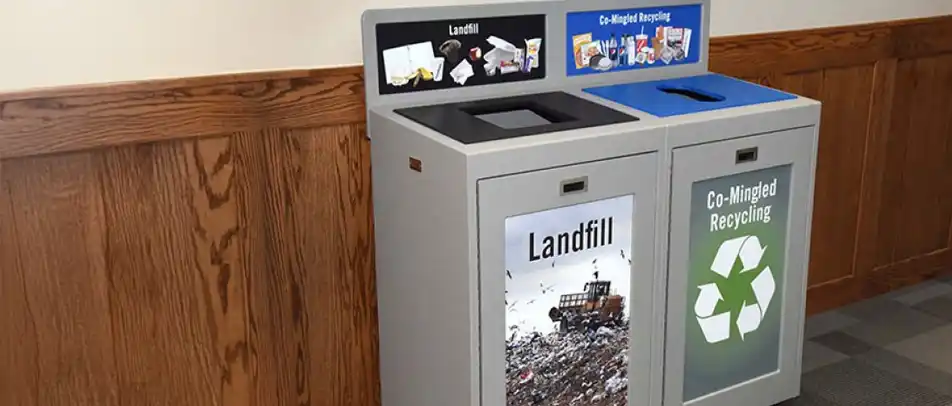










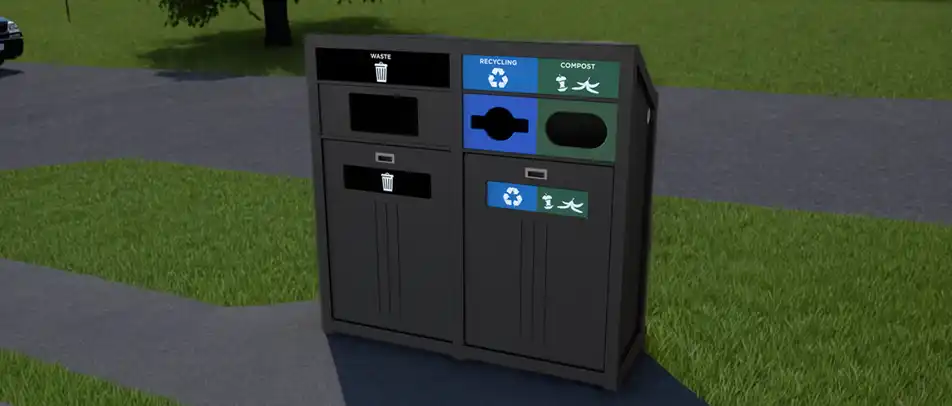












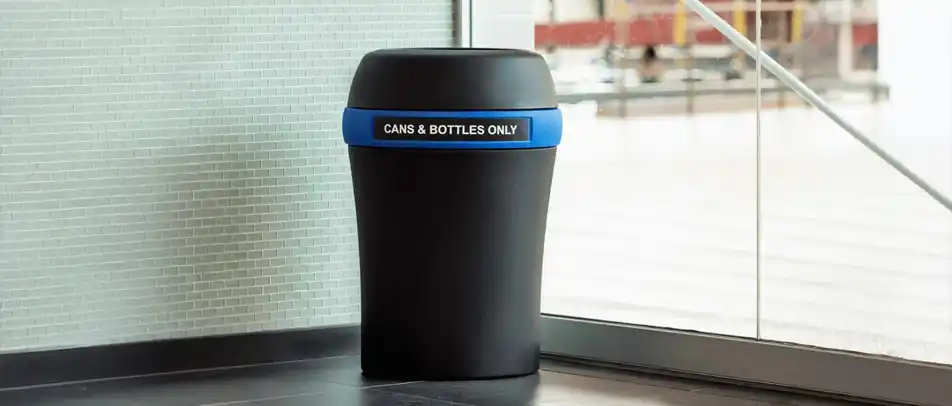









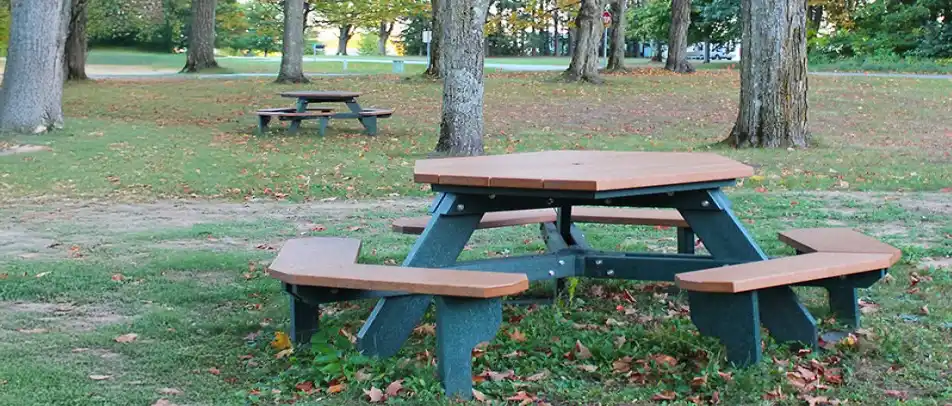
































 Three Ways to Engage Teams and Clients to Maximize Your Recycling Program Engagement
Three Ways to Engage Teams and Clients to Maximize Your Recycling Program Engagement  How to Integrate Accessibility Into Your Sustainability Planning
How to Integrate Accessibility Into Your Sustainability Planning  Why Park Benches Can Promote Workplace Well-Being
Why Park Benches Can Promote Workplace Well-Being 
